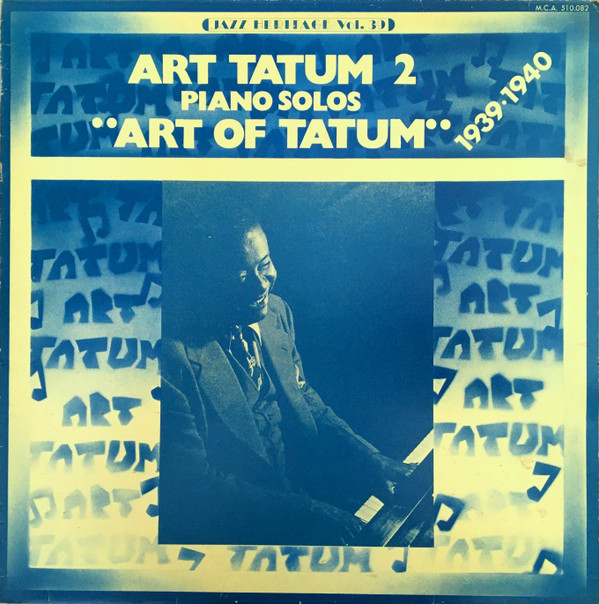Etienne Robial
Настоящее имя: Etienne Robial
Об исполнителе:
Étienne Robial, born November 20, 1945 in Rouen, is a French comic book publisher, graphic designer and art director. As a publisher, he is best known for having run the Futuropolis publishing house with Florence Cestac from 1974 to the early 1990s, which played a decisive role in the development of French-language comics. As a graphic designer, in addition to his work at Futuropolis and for magazines such as Métal hurlant and (À suivre), he is best known for having created the concept of television packaging and designed the graphic identity for Canal +, of which he was artistic director from 1984 to 2009, while also working for numerous other media (M6, La Sept, RTL 9, Les Inrockuptibles and Show TV). Trained at the Beaux-Arts and the Ecole des Arts et Métiers in Vevey, Switzerland, Etienne Robial began his career in 1970 as an art director at Barclay et Filipacchi. In 1972, he founded the Futuropolis publishing house with Florence Cestac: 328 authors including Tardi, Bazooka, Götting, Veyron, Bilal, Joost Swarte, Willem, Ever Meulen, Baudoin, Loustal, Hyman? Press and magazine projects followed, Métal Hurlant, (A SUIVRE), Télérama, TAG, Le Jour, les InRockuptibles, L'Equipe, numerous graphic and visual identities for companies for Denoél, Verticales, French sports federations for basketball, handball, soccer, PSG, and then for institutions, the CNC, PlanetBank, Guédelon, the RSA, HandiCapZéro. And hundreds of record sleeves, vinyls, CDs... Founding in 1982, with Mathias Ledoux, the production company On-Off, Etienne Robial tackled a field that had been unexplored until then, the television universe. With the creation of graphic systems, he became the first specialist in television channel identities and wraps. He has created 4700 generic designs for CANAL+, of which he was the general artistic director from 1984 to 2009, La Sept, M6, RTL9, i>TELE... In 2006 he received the Promax Broadcast Deign outstanding achievement Award. He teaches graphic design at Penninghen and is a member of the AGI (Alliance Graphique Internationale). This book retraces through 3500 images, and from 82 alphabets, the regulatory patterns of 306 logotypes and brands that have transformed visual communication.








